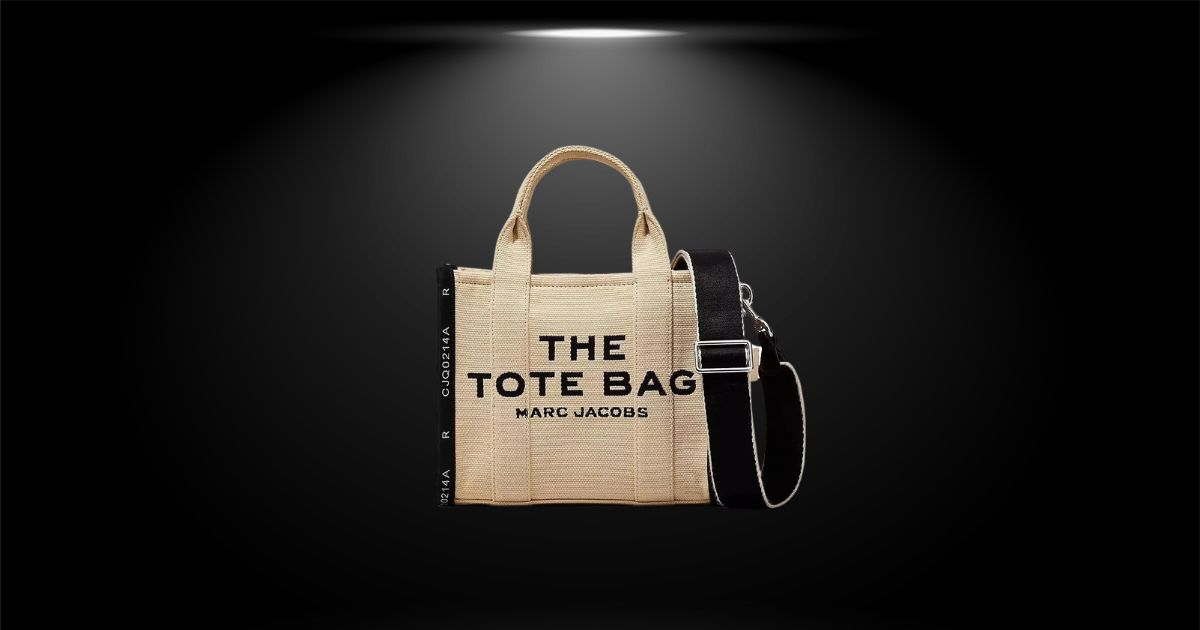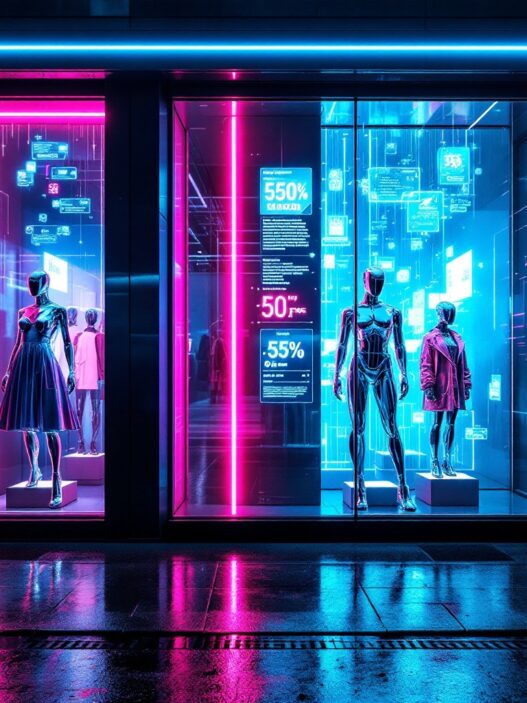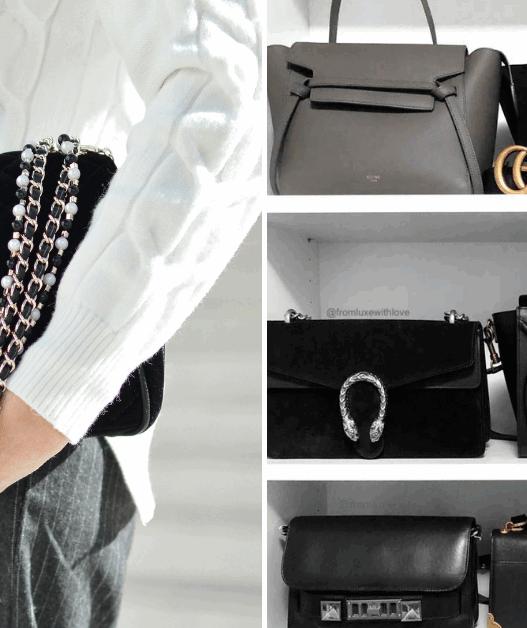In a world where diversity and inclusivity have become more than a fleeting expression, they are now an essential part of integrating practices into society, often evident on runways, in fashion campaigns, and beyond. The fine line between cultural appreciation and appropriation is often tread by several companies, with Dolce & Gabbana releasing a dedicated line of hijabs and abayas, and H&M and Uniqlo featuring Hijab-Clad models in campaigns.
The debate is everlasting – whether such brands have the right, in the first place, to communicate in such a sensitive manner, whether genuine inspiration is being drawn from various religions, or if this is merely a marketing gimmick. The sentiments, both religious and cultural, associated with such historically sacred items, are often interpreted in an unintended manner.
Catholicism, Islamic culture, Hinduism and several religious institutions have, for long, been intertwined with fashion. The relationship is not always favourable; Varsace was forced to withdraw a t-shirt that said “the devil made me do it,” and Hussein Chalayan had featured burka-style headwear in his catwalks.
Out of all representations of the Islamic religion, especially hijabs, have been more susceptible to controversy. Human rights and Constitutional debates have sparked the Western media. Such paramount questions are often translated to the fashion world, with campaigns and advertisements raising integral questions of appropriation or liabilities.
Countries such as the EU, the US and India have substantial ramifications for such consequential events. A mere insinuation of mockery may lead to claims of defamation and disparagement. Aside from the legal costs and damages, a brand may face an immense loss of consumer trust and goodwill. Not only mockery, but also assertions of disrespect for the culture, as seen in the case of the Italian Fashion group Alviero Martin. The brand was faced with immense criticism for its map-printed hijabs, with allegations of exoticization and leveraging religion for unethical earnings.
A more damaging consequence than a defamation lawsuit is one under the Consumer Protection Act. In India, the robust framework safeguards customers from unfavourable practices. Sections (28) and (27) primarily address misrepresentations in advertisements and campaigns. A misleading statement or an accidental encroachment in this regard would spark such a case. Unfair trade practices, as defined under Section 2(47), pose another significant danger. Exploitation of religion or minority groups in any way, particularly in the name of fashion to conduct business, is a negative but probable outcome.
Such legal outcomes have a significant impact on a company’s overall perception, especially since public opinion travels faster than the speed of light on social media. Boycott hashtags, negative publicity, and unfavourable influencer attention can lead to a pitfall for the company. Trial by media, where the public serves as the judge and jury, may have extremely damaging ramifications for a company, despite such inclusion being well-intentioned.
It is not always the case when brands experience such campaign outcomes. Several campaigns have been successful and well-received by the audience. In 2017, Nike launched its Pro Hijab line for athletes. This was perceived as a deeply inclusive step taken by the brand and was very well received. However, debates regarding potential exploitation and commercialisation made the headlines. Another example is the campaign launched by Gap Kids, which featured a model wearing a hijab. Seemingly a brave gesture, the brand’s intentions stemmed from a desire to cater to and relate to a larger number of consumers, adopting a holistic approach to make the brand more inclusive.
Brands must pay heed to the consumer climate and reciprocity when designing advertising campaigns by establishing a cultural and religious review board, providing proper education and training, and leveraging social media as a tool to gauge potential impacts.
In the connected world, fashion does not operate in isolation. The integration of religion and fashion demands more than a superficial representation in modern media; it requires a deeper understanding, coupled with brands’ innate responsibility and accountability towards their consumers and society as a whole. Through controversies and backlash, brands must strive to strike a balance between culture and innovation, communicating their chosen story respectfully.


















